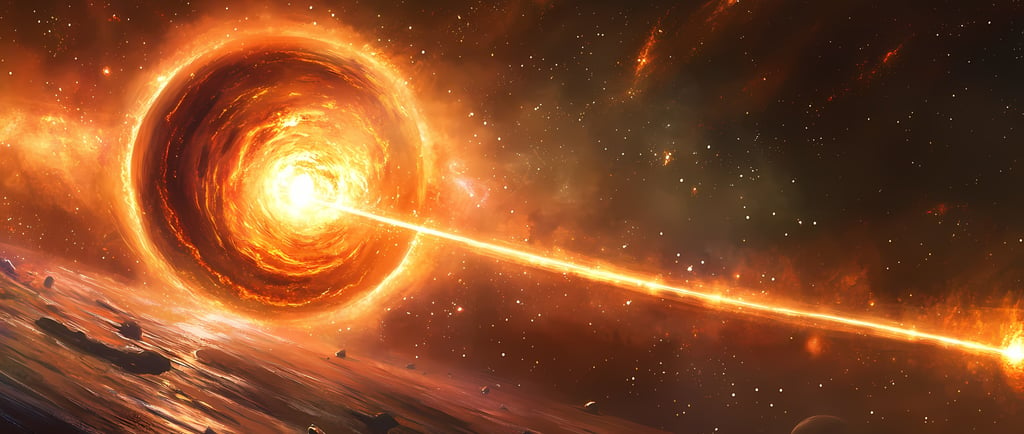Vela Pulsar: A Beacon from the Cosmic


Introduction to the Vela Pulsar
The Vela Pulsar, a significant component of our understanding of neutron stars, serves as a fascinating astronomical object. Located approximately 1,000 light-years away from Earth at the heart of the Vela supernova remnant, this pulsar is a rapidly spinning neutron star that has captured the attention of numerous astrophysicists and enthusiasts alike. Emerging from the remnants of a massive star’s supernova explosion, which transpired around 11,000 to 12,300 years ago, the Vela Pulsar is not merely a spectral image; it represents a dynamic portal into our cosmic history.
The Birth of the Vela Pulsar
The formation of the Vela Pulsar is intricately tied to the life cycle of massive stars. When such stars exhaust their nuclear fuel, they undergo a dramatic supernova explosion, shedding their outer layers into space. What remains is a dense core, compacted into a neutron star—the Vela Pulsar, specifically. This process not only contributes to the creation of the pulsar but also generates a supernova remnant that is ripe for studying the remnants of stellar evolution, cosmic composition, and the lifecycle of stars.
Characteristics and Observations
One of the defining characteristics of the Vela Pulsar is its rapid rotation. Spinning at a remarkable rate of about 11 times per second, it emits beams of radiation that sweep through space. These beams can be detected when they point toward Earth, resulting in pulsing signals—a phenomenon that gives neutron stars their name. The study of the Vela Pulsar has provided invaluable insight into the physics of neutron stars, including their magnetic fields, temperatures, and overall structures. Moreover, this pulsar's location within the Vela supernova remnant allows scientists to investigate the impact of supernovae on their cosmic surroundings.
The discovery of the Vela Pulsar has set the stage for a deeper understanding of the underlying mechanics of these celestial entities. Observations made through various telescopes have uncovered fascinating details, such as its alignment with the symmetry axis of the expanding nebula, revealing the intricate relationship between the pulsar and supernova remnant.
Conclusion: The Vela Pulsar's Role in Modern Astronomy
The Vela Pulsar stands as a beacon of knowledge, illuminating the path toward comprehending the universe's complexities. As a remnant of a stellar explosion, it offers astronomers critical insights into the life and death of stars, the fabric of cosmic events, and the intricate dance of celestial bodies. The continued study of this pulsar not only enriches our understanding of neutron stars but also serves as a reminder of the dynamic nature of the universe, inviting us to explore further and ask more profound questions about our cosmic heritage.
